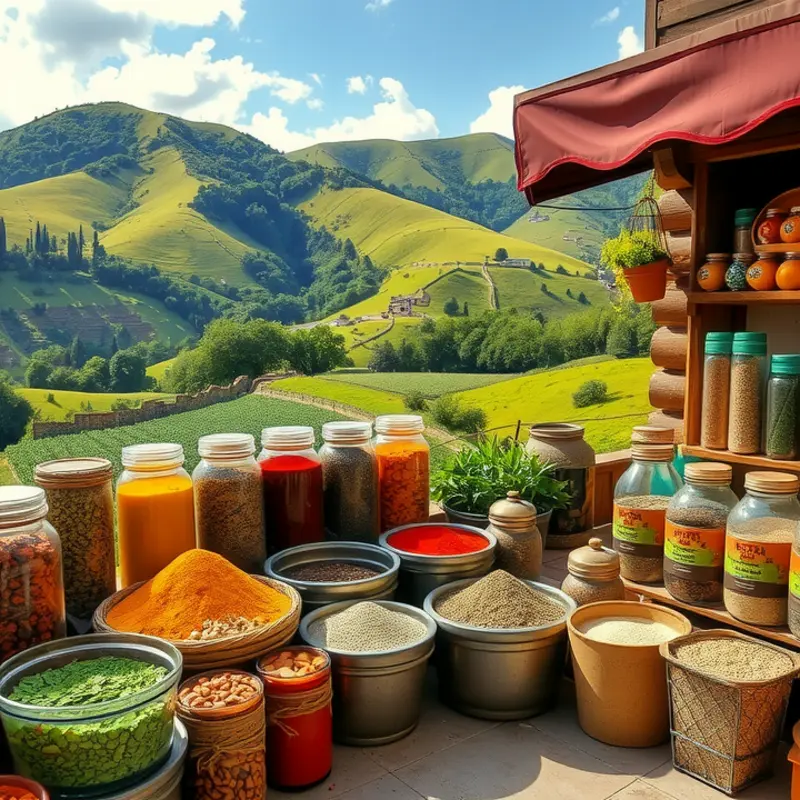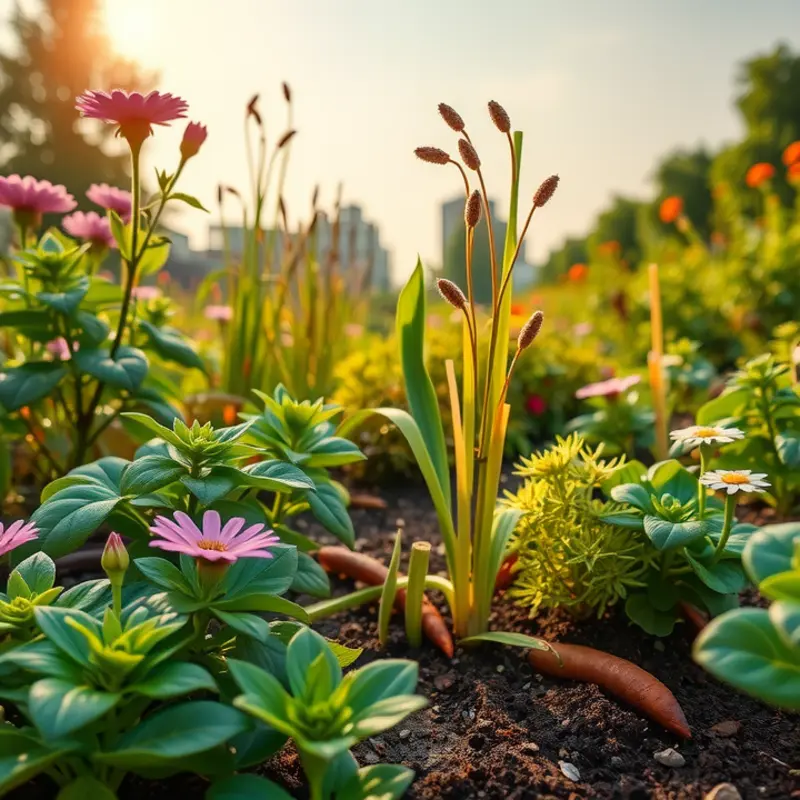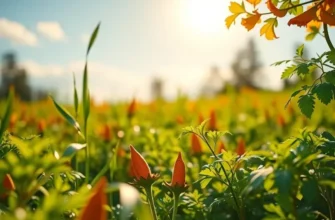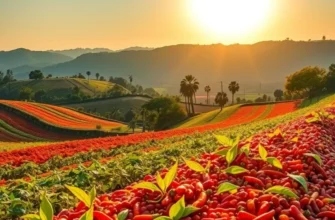Spices have played an integral role in culinary traditions across continents, shaping flavors, preserving foods, and enhancing rituals. From the ancient spice trade routes that connected distant civilizations to the modern fusion cuisines that celebrate these vibrant ingredients, spices are not just flavorings—they tell stories of culture, economy, and history. Their rich and varied use reflects the uniqueness of regional ingredients and culinary practices, inviting food enthusiasts to explore a deeper appreciation for what’s on their plates.
The Spice Trade: Routes of Flavor and Fortune

On the bustling roads and shimmering seas of antiquity, spices became both treasure and catalyst, guiding explorers into unknown worlds. Spices, with their enchanting aromas and potent flavors, were more valuable than gold. Among the myriad of spices treasured by ancient civilizations, cinnamon, saffron, and pepper held special places of reverence and intrigue.
Cinnamon, native to Sri Lanka, was once a closely guarded secret. The ancient Egyptians used it for embalming, while the Romans burned it at the funerals of notable individuals, believing its smoke led the soul to the afterlife. Cinnamon’s journey from its point of origin to the bustling markets of Rome involved treacherous paths across India and through Arab trading empires, revealing the arduous routes traders navigated.
Saffron, a precious product derived from the crocus flower, painted historical accounts in gold. Cultivated in regions such as Greece, Iran, and Kashmir, saffron was linked intricately with royalty. It adorned the palates of kings and emperors, while its vibrant hue dyed the rich gowns of elite societies. The ancient Persians and Romans valued saffron not only for its flavor but also for medicinal uses, weaving its destiny into a myriad of cultural tapestries.
Pepper, often called the “king of spices,” originated in the rainforests of India. The allure of its piquant flavor captivated the Roman Empire, inspiring the construction of trade networks across the Arabian and Red Seas. Pepper’s journey along the famed Spice Route punctuated the onset of global exploration. By the Middle Ages, pepper had found its way through the hands of European traders, opening new chapters in maritime exploration.
These spice routes were more than mere conduits of commerce; they were the arteries through which cultures and ideas flowed. The demand for spices led to the establishment of trade cities like Alexandria, a haven where Greek, Roman, and Egyptian influences fused. The spice trade nurtured a spirit of curiosity and innovation. It spurred the Age of Exploration, with figures like Vasco da Gama and Christopher Columbus fueled by dreams of establishing direct access to these exotic treasures.
The economic impact of the spice trade was profound. Wealth accumulated through spices funded ventures that would shape empires. Societies that mastered the spice trade, like the Arab caliphates, Venice, and later the Dutch and British, wielded significant economic power. The insatiable European demand reshaped global economics, sowing seeds of modern globalization.
These historical rhythms echo through today’s culinary landscapes, as spices continue to bridge cultural divides. For insights on how contemporary trade influences culinary traditions, consider exploring the culinary influences of trade, which unveils the fascinating intersections where past and present coalesce.
In tracing the ancient spice routes, we uncover stories of human ambition, discovery, and the enduring desire to taste the world in all its vibrant complexity. The legacy of the spice trade remains an evocative reminder of how interlinked history and flavors truly are.
Cultural Significance: Spices as Guardians of Tradition

The cultural tapestry woven by spices around the world is rich and intricate. In India, spices like turmeric, cumin, and coriander are not merely flavor enhancers but sacred symbols deeply entrenched in religious and cultural ceremonies. For instance, turmeric is integral to Hindu weddings and rituals. Its bright yellow hue is considered auspicious, symbolizing purity and fertility.
In Mexico, the bold and fiery chilies, such as jalapeños and habaneros, are integral to both gastronomy and cultural identity. More than just a culinary ingredient, chilies are part of family lore and local pride, revered in festivals that celebrate their heat and vibrancy. The annual chili festivals feature competitions requiring participants to showcase their prowess in cultivating and cooking with these fiery spices.
Spices also play a crucial role in African traditions, particularly in Ethiopia. The berbere spice blend, a concoction of ginger, garlic, cardamom, and chilies, is more than a flavoring agent; it is a reflection of cultural heritage. This blend marks celebrations and gatherings, symbolizing the warmth and hospitality for which Ethiopian culture is known.
Incorporating spices into medicinal practices is another testament to their cultural significance. Traditional Chinese medicine, for instance, extensively uses ginger and cinnamon for their healing properties. These spices are thought to balance the body’s energy, a concept that mirrors the harmonies of nature respected in Chinese culture.
The journey of spices goes beyond borders, as seen in the migration narratives of the Indonesian people. Cloves and nutmeg, originating from the Maluku Islands or the “Spice Islands,” played a pivotal role in global exploration. These spices shaped the course of trade and migration, embedding themselves deeply in the cultural narratives of the regions they touched.
Religious ceremonies in the Middle East often feature the use of spices like saffron and cardamom. These spices are integral to culinary traditions, offering more than taste—they convey divine connection. The use of these spices during religious festivities underscores their role as conduits between the earthly and the holy.
In addition, culinary influences through trade have broadened the reach and importance of spices, intertwining their histories with the development of global cuisines. This blending fosters a shared heritage, allowing spices to become international emblems of cultural exchange and tradition, bridging gaps between distant civilizations.
These diverse uses and meanings affirm how spices have been trusted custodians of tradition. They preserve histories, convey cultural narratives, and embody the spirit of the communities relying on them. Across the globe, from the savory mixtures of Indian masalas to the vibrant kick of Mexican chilies, spices serve as flavorful markers of cultural identity, sustaining traditions and fostering connections between the past and the present.
Final words
The culinary history of spices is as diverse as the dishes they flavor. Their journeys from the soil to our tables encapsulate centuries of tradition, trade, and transformation. Food enthusiasts and culturally curious individuals alike benefit from appreciating the rich tapestry woven by spices in their culinary practices. Each spice carries stories of distant lands, cultural exchanges, and the myriad ways flavors harmonize across boundaries. As the world continues to embrace new culinary trends, let us honor these ancient ingredients that continue to inspire and connect us to our shared heritage.








